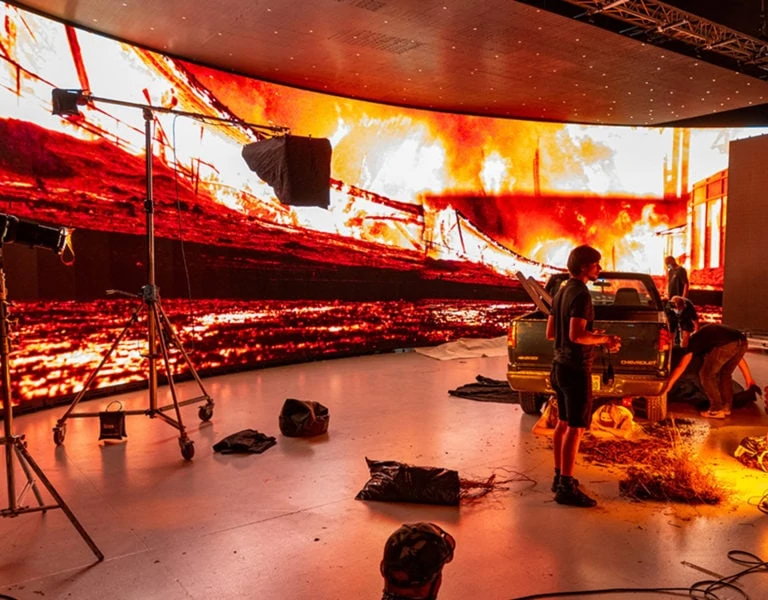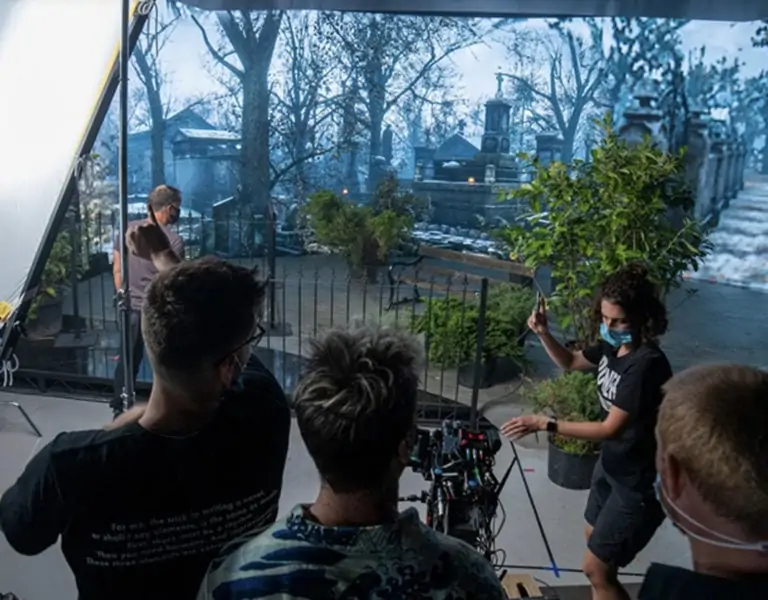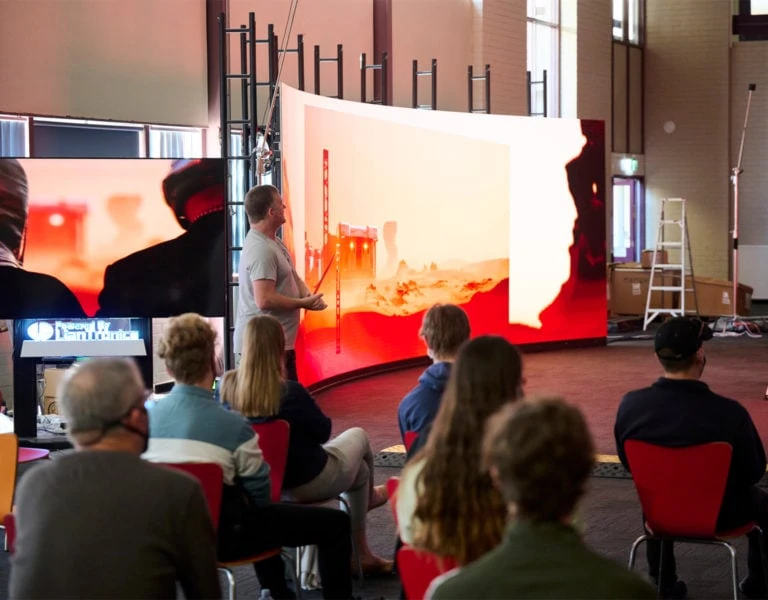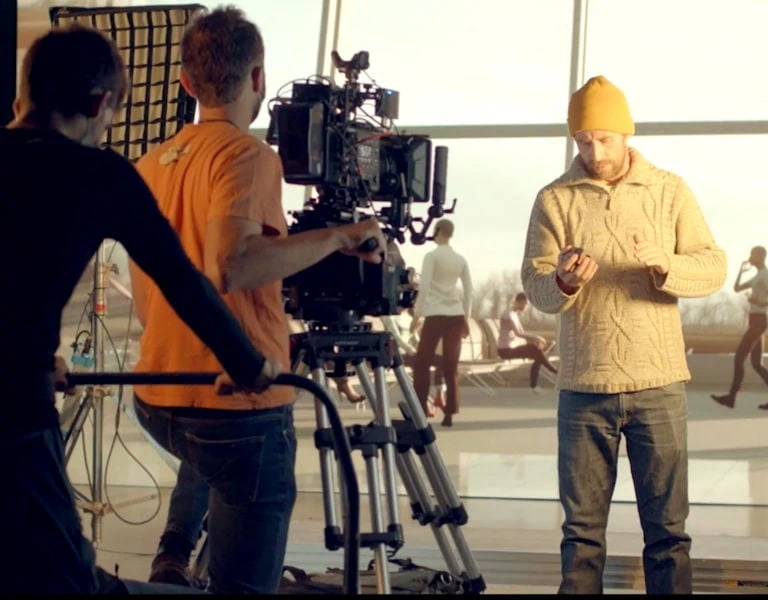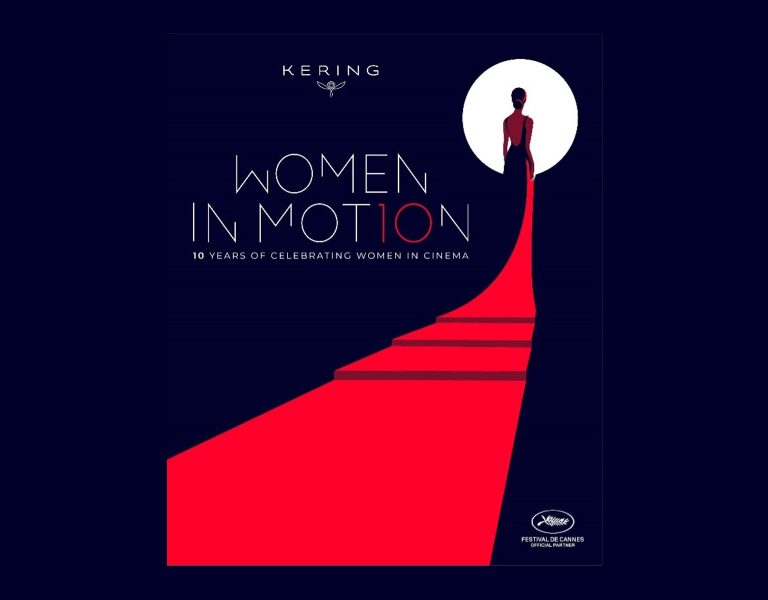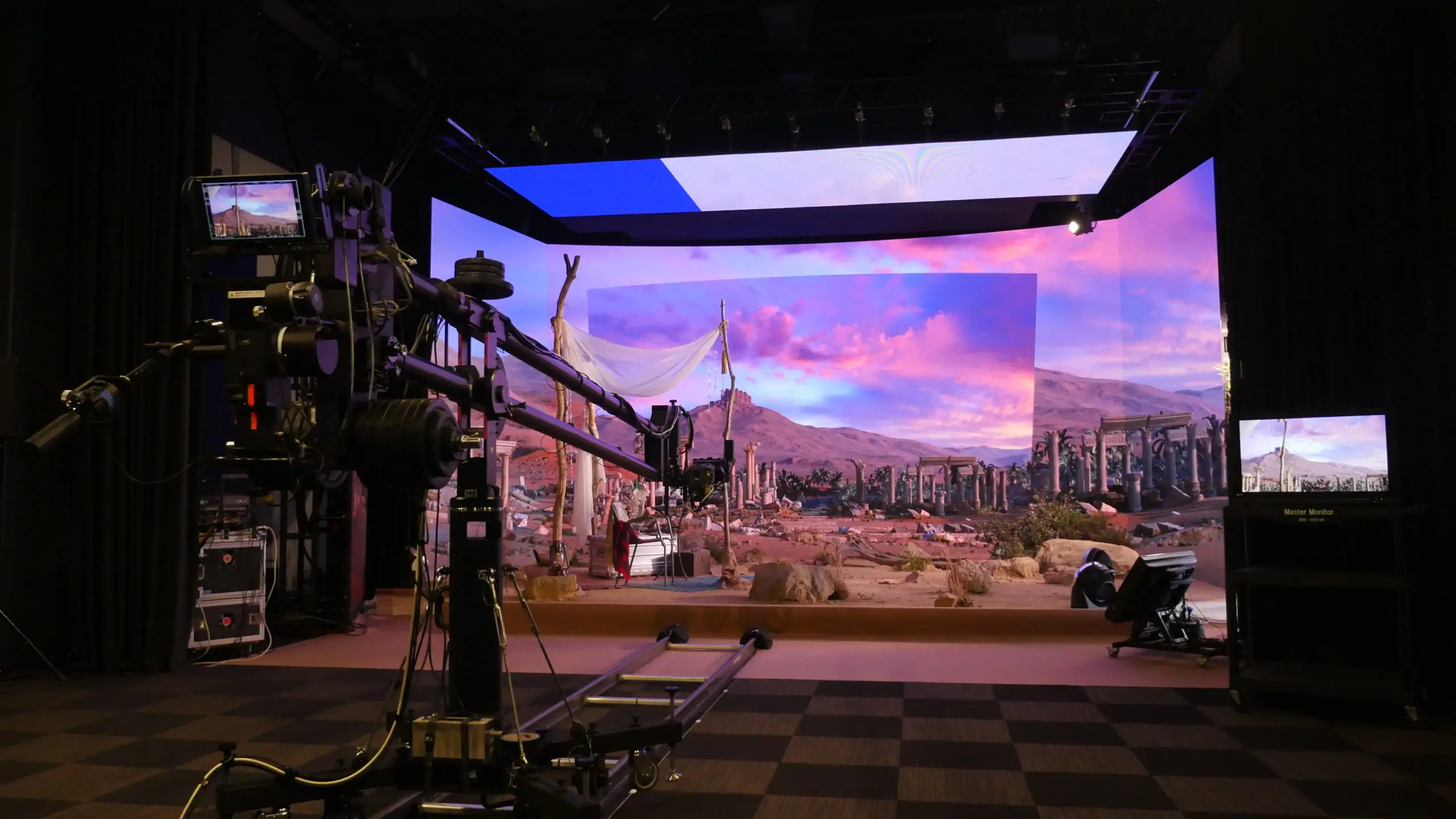
This is a sponsored article, created in partnership with disguise.
The Academy Colour Encoding System (ACES) has had the most profound impact on production since the advent of digital pipelines. Developed by the Academy of Motion Picture Arts and Sciences and with consultation across the film and entertainment industry, ACES is an open, device-independent colour management and image interchange system, designed to simplify the increasingly intricate and complex processes that were bogging down colour management in film production.
Every digital film camera in the world records colours slightly differently, depending on the sensor, hardware and software they use. Content creation tools – producing image and movie assets – all output in different colour spaces in a variety of file formats. Then finally, there are a myriad of different display types, from large LED walls, to the phone in your pocket.
Hence the need for standardisation. When the first ACES release dropped in 2014 after a decade-long development process, it rapidly became the standard in the film industry, also gaining an increasingly large footprint in broadcast.
The value of ACES in production
One of its key attributes is that ACES colour space encompasses almost every other current colour space, including REC.2020, DCI-P3, Adobe RGB, sRGB, NTSC 1953, and more. This enables productions to maintain consistent, linear colour representation throughout the entire pipeline, ensuring that the vision of the creative team is preserved all the way through to delivery of the final product.
Maintaining colour consistency is a time-consuming process for production teams. ACES, as a standardised, easy-to-use workflow, brings a significant degree of advantage – allowing for full colour control while unlocking the potential of any and all colour sources (whether it is pre-rendered, live camera or video streams from content engines like Unreal Engine). Creators can preserve the very highest level of image quality throughout the entire workflow and content pipeline. Cinematic quality productions are now much easier to achieve.
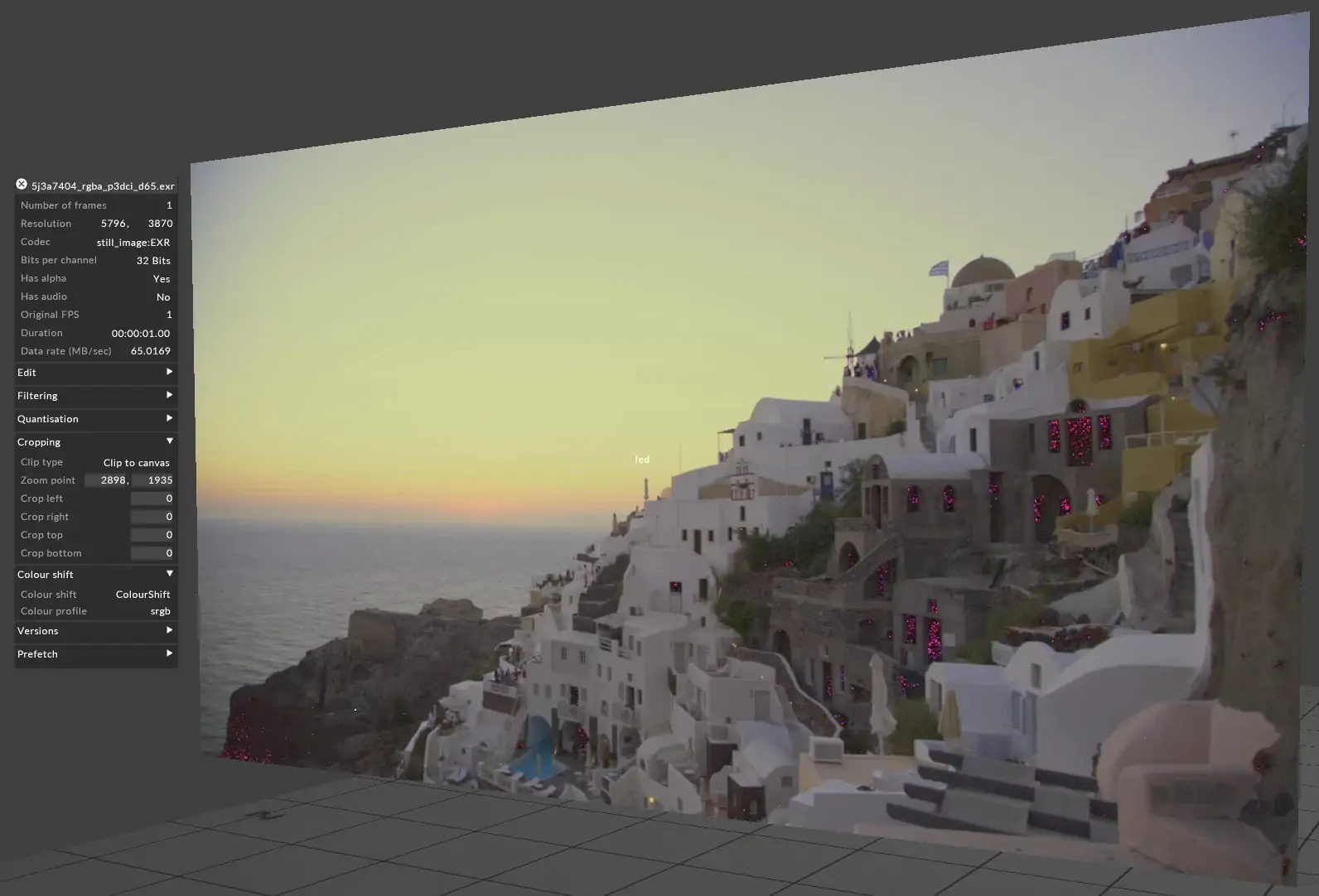
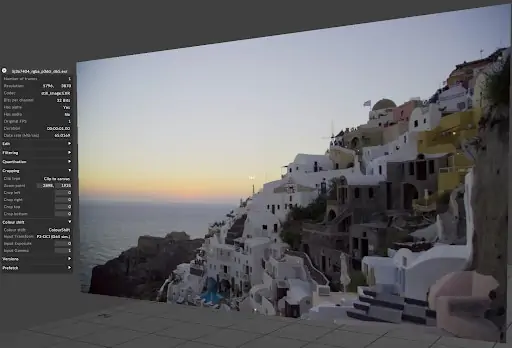
Is ACES only for film productions?
All production environments benefit from the precision and standardisation that ACES brings including digital, film-based production workflows and visual effects, through to television broadcasts, commercials, and live events.
As all production workflows have material that has to transition from one software environment to another. ACES provides teams the confidence that no information is being lost in translation.
Colour management for virtual production
The rapidly expanding field of virtual production and filming against LED backgrounds has an even stronger need for improved colour control. ACES enables teams operating in both the physical and virtual environments to confidently share colour information – ensuring a consistent vision throughout.
Some of the workflows in virtual production can be complex in nature. For example, when shooting against LED backdrops, production teams need to manage colour for the rendered content delivered to the LED volumes and captured by the observing camera, so it matches with existing footage. In this scenario the continuity achieved by ACES is crucial. Visual storytelling platform, disguise fully supports the ACES protocol in their Designer software, meaning that all parts of the creation pipeline can be worked on in parallel to achieve the final colour seen on camera.
disguise and colour control
disguises Designer software effectively composites any video, live camera, or virtually rendered content onto LED screens, without the need to re-render the content into a specific colour space. This allows ACES–transformed footage to be integrated seamlessly into a production pipeline –enabling production teams to work with a wide range of industry standard software, across multiple teams, with graded and composited content converted to a wide range of display standards.
disguise’s ACES integration also provides some impressive additional flexibility. When ACES is enabled in Designer, Colour Lookup Tables (LUTs) have a pre- and post-transform option. This allows users to specify which colour space the LUT expects to receive and which space will be outputted from the LUT. Designer then converts content safely into its internal ACES AP0 colour space, allowing users to perform transformations or add creative control before the final output.
Rapid colour calibration
All this does not come at the expense of additional time and resource. disguise developed its Colour Calibration solution to run through the full colour gamut of the LED screen and learn the response of the camera’s sensor so it can adapt content accordingly. With this automated process that takes under five minutes to complete, and results in a seamless blend between virtual and on-screen elements, including set extensions and Augmented Reality (AR) objects.
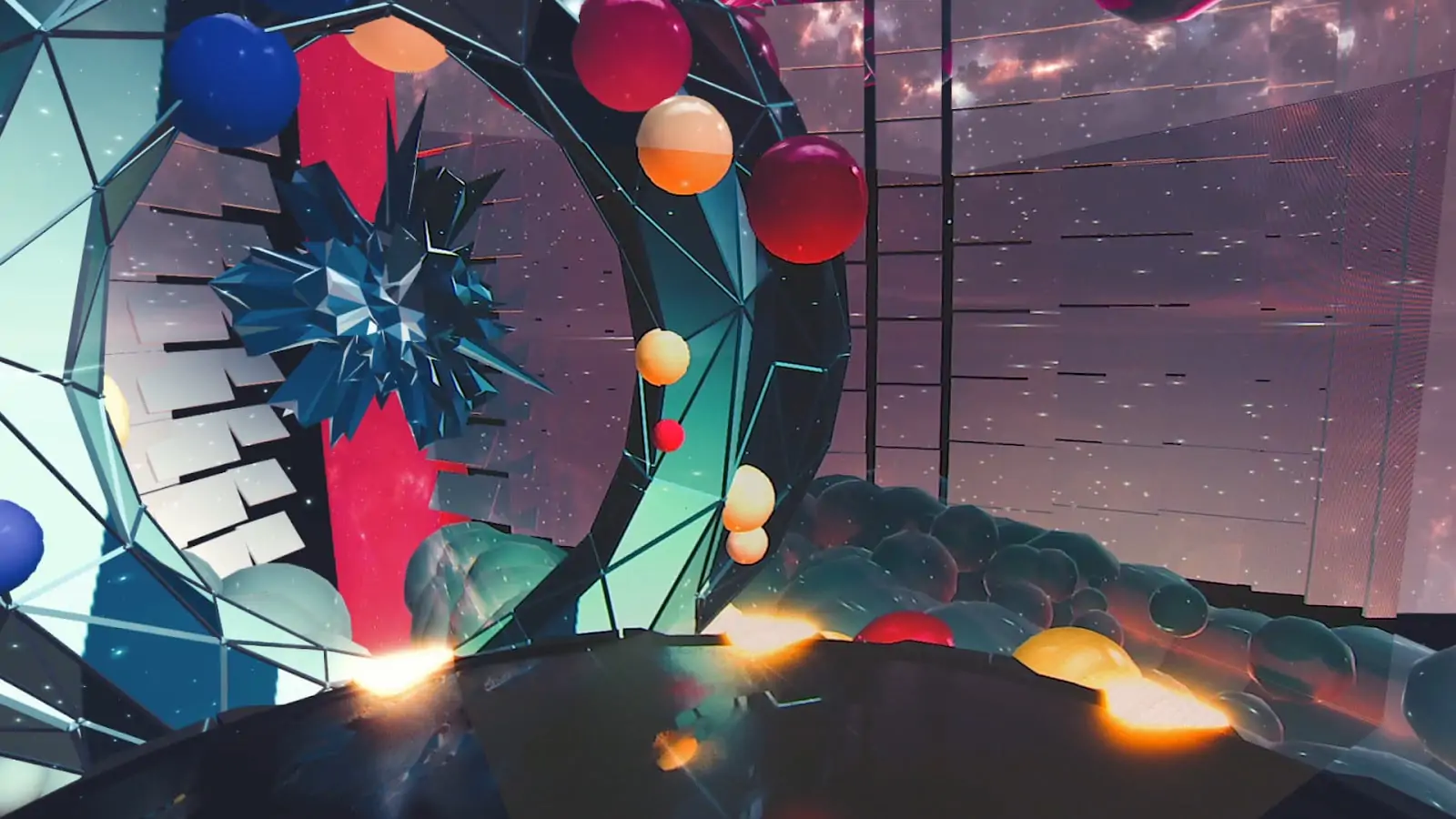
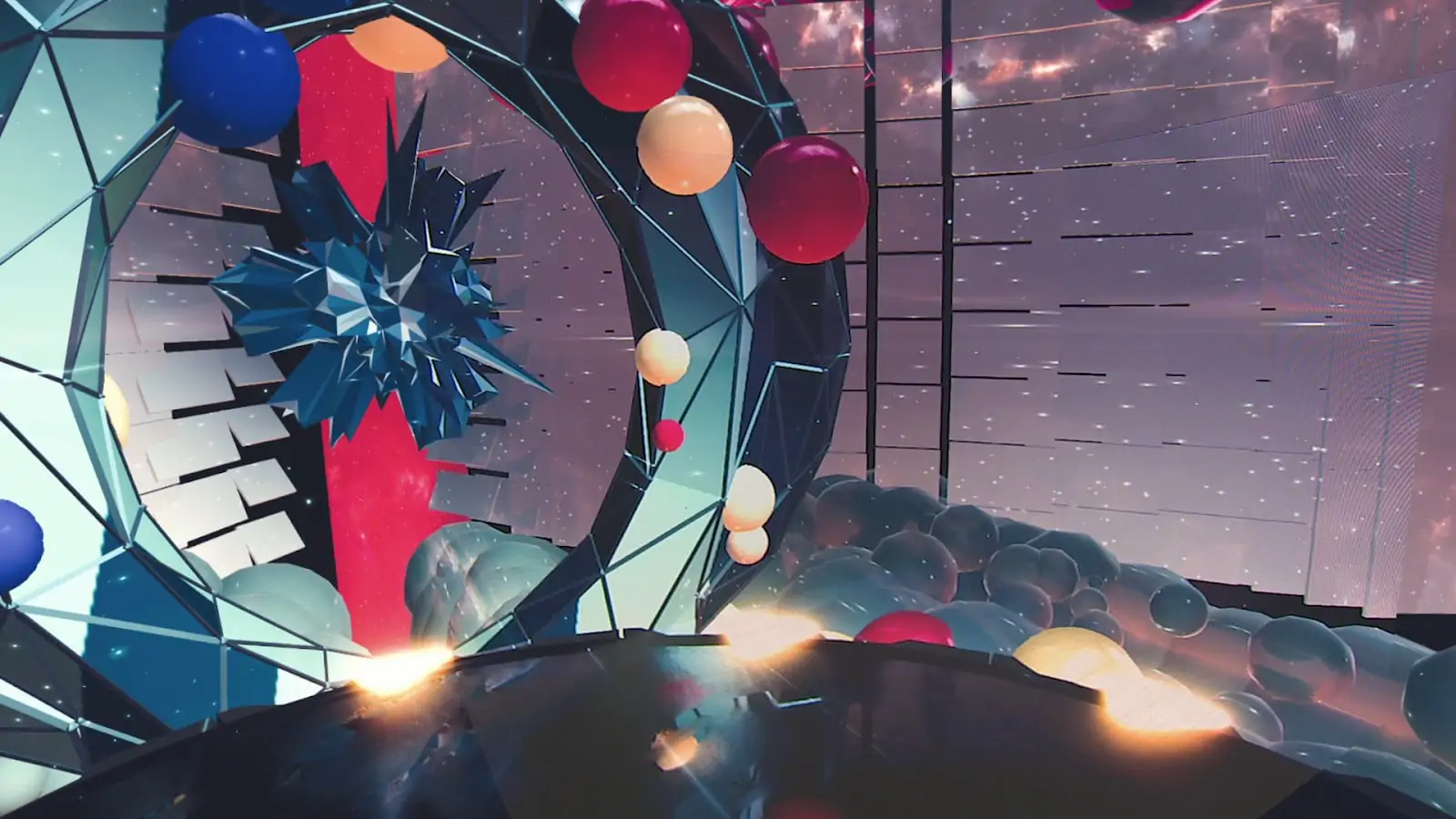
An Epic partnership
One of the factors that makes disguise software so powerful is their partnership with Epic Games, developers of the real-time 3D graphics engine, Unreal Engine.
In 2020, Epic Games awarded disguise a MegaGrant to revolutionise production workflows and enhance the interoperability between disguise and Unreal Engine.
ACES is an important part of the partnership. Working closely with Epic Games has enabled disguise to develop their ACES workflow alongside Unreal Engine’s capabilities – providing real-time rendering at the highest quality. disguise’s proprietary RenderStream infrastructure connects Unreal workflows directly to their Designer software, enabling productions to push up to 12-bit, rec.2020 content, direct to Designer, while Unreal’s ACES Filmic Tonemapper allows productions to deliver cinematic quality ACES content to the LED volume with full confidence that the colour will remain consistent.
disguise sees colour control and consistency as a major priority and wants to provide production teams with the tools to create amazing productions while being confident that colour remains consistent throughout the process – from conception all the way to delivery. disguise is currently recognised as an ACES Corporate Partner while working towards becoming certified as an ACES Logo Programme Product Partner.

ACES colour management is not mandatory throughout the industry, but it is increasingly becoming the de facto standard for high-end productions. Currently in development, the forthcoming ACES 2.0, will likely only accelerate this momentum and provide support for an increasing number of workflows, as well as introducing further simplifications to the process.
With the ever-expanding developments in virtual production as well as groundbreaking technology and new storytelling techniques, it is more important than ever that standardisation is maintained. ACES colour control allows productions to experiment with new storytelling innovations while having the confidence that all workflows are speaking the same colour language and that cinematic quality remains forever preserved.
Download disguise’s guide to industry-leading colour control to learn more.
This is a sponsored article, created in partnership with disguise. For more information, please visit their website.
